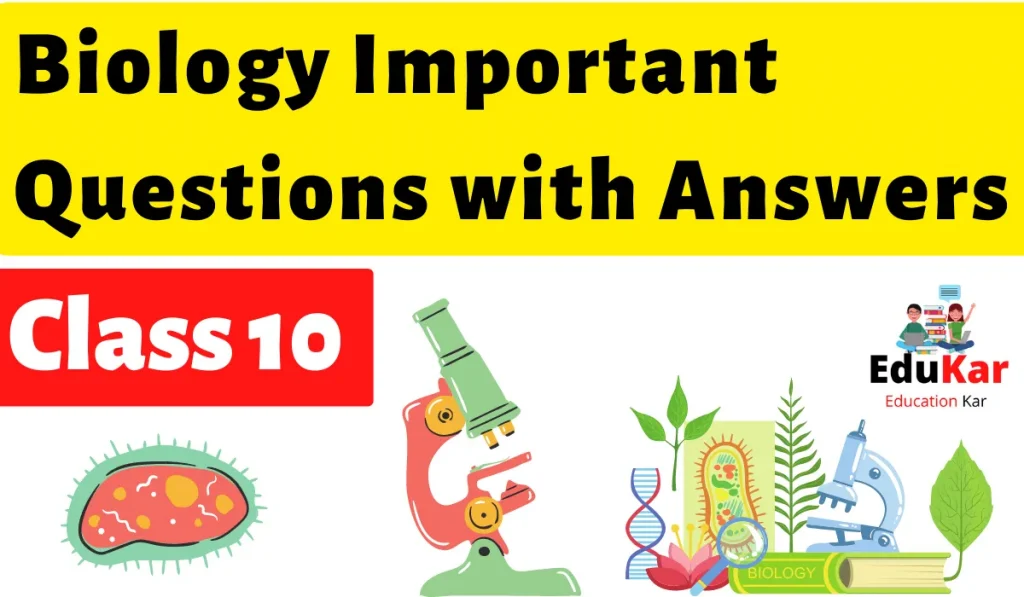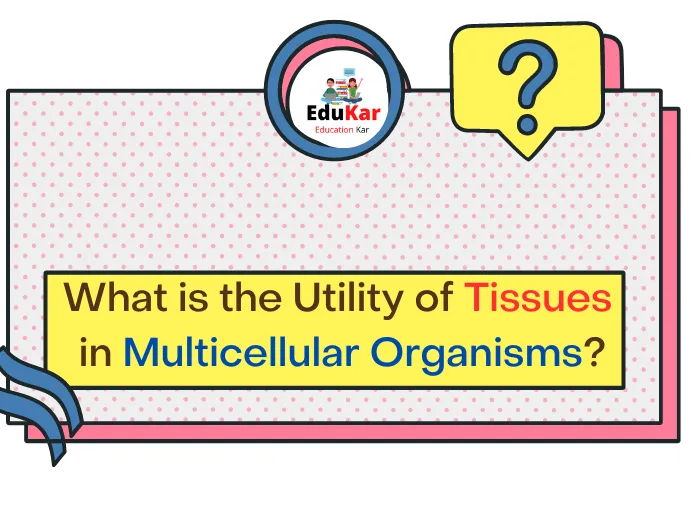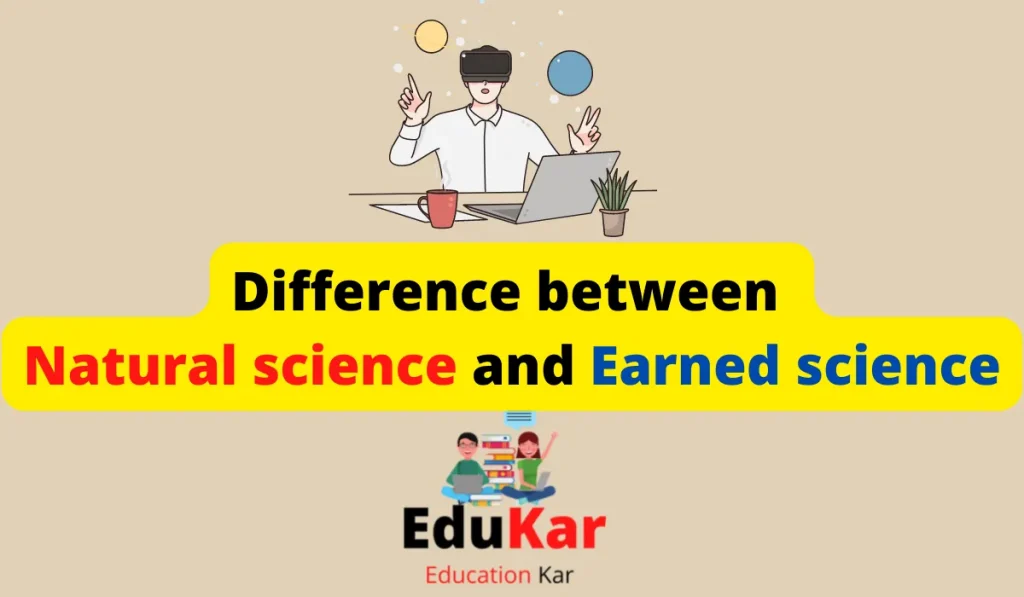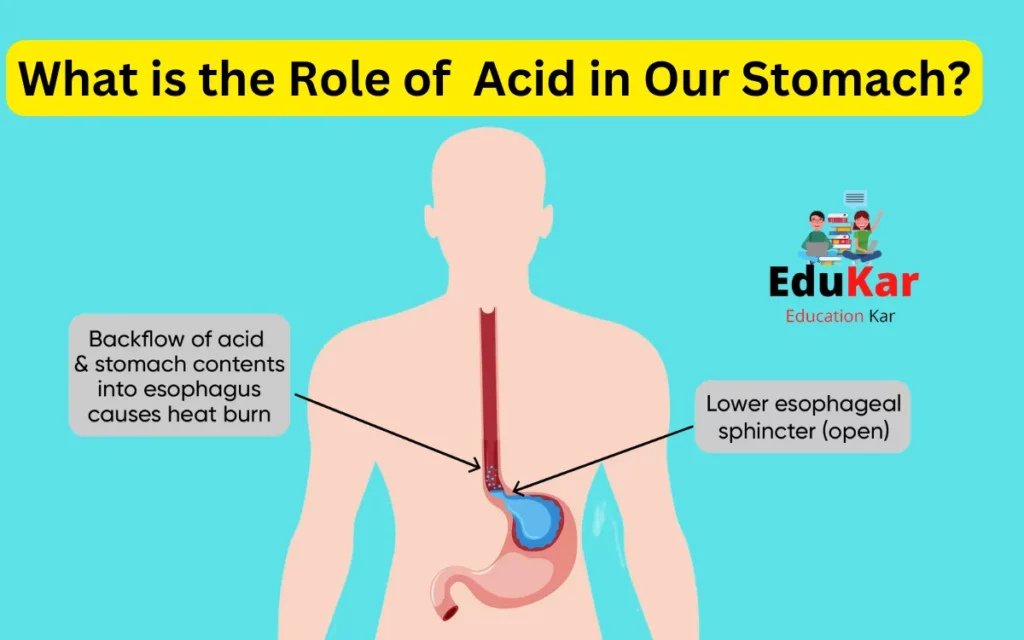Contents
- 1 Q1: What are acid rains?
- 2 Q2: What is Biosphere?
- 3 Q3: What is pleural membrane? What is its significance?
- 4 Q4: How do stomata function during day and night?
- 5 Q5: What is Larynx? Write its functions?
- 6 Q6: What is Epiglottis? Write its functions?
- 7 Q7: What is meant by gaseous exchange?
- 8 Q8: Describe the symptoms and treatment of asthma?
- 9 Q9: Why does blood become thick due to smoking?
- 10 Q10: Differentiate b/w acute bronchitis and chronic bronchitis?
- 11 Q11: Differentiate b/w cellular Respiration and Breathing?
- 12 Q12: Differentiate b/w lenticels and stomata?
- 13 Q13: Write five symptoms of pneumonia?
- 14 Q14: Define Diaphragm?
- 15 Q15: What is Symbiosis?
- 16 Q16: What is Greenhouse Effect?
- 17 Q17: What is Fermentation?
- 18 Q18: What is meant by Afforestation?
- 19 Q19: What is Translation?
- 20 Q20: What are Decomposers?
- 21 Q21: Explain germination of seed?
- 22 Q22: What is “AIDS” give its causes?
- 23 Q23: Describe in detail biotic components of ecosystem?
- 24 Q24: Explain basic steps in genetic engineering
- 25 Q25: What is skeleton system?
- 26 Q26: What is bone describe its structure?
- 27 Q27: What is binary fission?
- 28 Q28: What is pollination?
- 29 Q29: Explain the osmoregulatory role of kidney
- 30 Q30: What is endocrine system?
Biology is a science that deals with the structure, function, development, and behaviour of living organisms. Biology is so fundamental to our lives that it is usually considered one of the most important subjects in school.
If you are a student of class 10 biology, you have the perfect resource for conceptualizing your syllabus, understanding the other students and exploring your surroundings. These questions will help you get started.

Q1: What are acid rains?
Ans: Acid rain is a chemical reaction that occurs when rain or snow falls on acidic substances, such as metals, sulfur dioxide, nitrogen oxides, and hydrochloric acid. The chemicals react with oxygen in the air to form an acidic slurry of particles and water that is then deposited on the ground. Acid rain is a significant environmental problem because it damages forests, as well as crops, buildings, and natural habitats.
Q2: What is Biosphere?
Ans: Biosphere is the area that surrounds the surface of the Earth, and it is made up of the atmosphere, hydrosphere, the lithosphere (rocks), the biosphere, the biota, and the geosphere. Biospheres are specific areas that are subject to the effects of the Earth’s natural biotic processes. They can be as small as an individual city, as large as the entire country of a large nation, or as small as a single natural habitat such as a forest. They can be defined by the amount of human activity, by the level of human population and by the level of human development.
Q3: What is pleural membrane? What is its significance?
Ans: Pleural membrane is a thin layer of tissue that covers the lungs between the lung pleura and the diaphragm. It is composed of connective tissue and several layers of epithelial cells.
The pleural membrane helps to filter the air that goes through the lungs, it helps to warm the air, and it helps to prevent air from escaping. The pleural membrane also acts as a barrier between the lungs and the rest of the body.
Q4: How do stomata function during day and night?
Ans: Stomata, the breathing pores on leaves, are important for the plant’s ability to take in carbon dioxide during the day and release oxygen at night.
During the day, stomata open to allow carbon dioxide to enter the plant, while they close at night to stop the plant from losing too much water. In addition to opening and closing during the day and night, stomata also control the plant’s gas exchange. When stomata open, the plant takes in carbon dioxide and the plant releases oxygen. When stomata close, the plant stops taking in carbon dioxide and stops releasing oxygen.
Q5: What is Larynx? Write its functions?
Ans: Larynx is a term which covers the voice box and the sound-producing organs. It is made up of the epiglottis, the larynx, and the vocal folds, which are found in the laryngeal cavity. The larynx is situated at the top of the trachea, between the two tracheal rings. The larynx consists of cartilage, muscle, and elastic fibrous tissue.
The larynx has two main functions.
- The first is that it is responsible for the production of your voice, which is what allows you to talk.
- The second function is that it is a place for your voice to resonate.
Q6: What is Epiglottis? Write its functions?
Ans: The epiglottis is an important part of the respiratory system in the body. It is located in the upper throat between the voice box and the back of the mouth. The epiglottis is a flap of cartilage that closes when you swallow to prevent food or liquids from entering the airway. It is located on the top of the windpipe, which is the tube leading from the larynx to the lungs. It is also used to open when you breathe in to allow air to enter the lungs. The epiglottis is a key part of the respiratory system.
Q7: What is meant by gaseous exchange?
Ans: Gaseous exchange is the process by which an organism exchanges gases with its surroundings. In this exchange, carbon dioxide is exhaled by the organism, and oxygen is inhaled by the organism. The gaseous exchange system also includes the cells of the gastrointestinal tract, the urinary system, and the reproductive system.
Q8: Describe the symptoms and treatment of asthma?
Ans: Asthma is a disorder in which the muscles in the airways of the lungs produce too much of a protein called bronchial mucous. This triggers the release of mucous from the lungs, leading to shortness of breath and coughing. This is a common asthma condition in which people have a narrowing of the airways in the lungs and there is a decreased airflow in and out of the lungs.
There are three major symptoms that are associated with asthma: wheezing, chest tightness, and breathlessness. The three major symptoms are triggered when the bronchial muscles contract and then relax, expanding and contracting the airways.
The treatment for asthma is to find the underlying cause of the condition and to use this to treat it. Treatment options include medications, inhalers, and lifestyle changes.
Q9: Why does blood become thick due to smoking?
Ans: Smoking causes blood vessels to constrict, which leads to less blood flowing through them. This means that blood needs to be pumped harder in order for it to flow. When you smoke, your heart must pump harder, which leads to thickening of the blood.
Another reason for the blood to become thick is that smoking causes inflammation in the body. Inflammation can cause the blood vessels to become irritated, which causes the body to release cytokines that constrict the blood vessels. This can cause the blood to become thick.
Q10: Differentiate b/w acute bronchitis and chronic bronchitis?
Ans: Acute bronchitis is typically a short-term condition caused by an upper respiratory infection or the flu. Symptoms may include a cough, fever, and difficulty breathing. The condition usually lasts for a few weeks and resolves on its own.
Chronic bronchitis is typically a long-term condition that can last for months and is due to the deterioration of the disease-fighting cells in the lungs. The symptoms of chronic bronchitis may also be caused by an upper respiratory infection or the flu, but they also may be caused by smoking, environmental pollution, or other environmental factors. Chronic bronchitis can cause coughing up blood or mucus, wheezing, or a persistent cough.
Q11: Differentiate b/w cellular Respiration and Breathing?
Ans: Respiration is a process that cells go through to produce energy for the body. During this process, oxygen is necessary for the body to break down sugars and other carbohydrates for energy.
Breathing is the process of inhaling and exhaling oxygen to allow the internal body to function properly. Breathing is the process that enables us to survive. As the body’s primary method of obtaining oxygen, breathing is required for the proper functioning of the body. Breathing is also to remove carbon dioxide from the body.
Q12: Differentiate b/w lenticels and stomata?
Ans: In plants, stomata are the openings on the surface of plant leaves through which the plant breathes in carbon dioxide and releases oxygen. The openings are surrounded by a membrane that prevents the entry of water, but allows the exchange of gases.
Lenticels are openings on the surface of the plant that allow for gas exchange, as well as water vapor exchange. Lenticels are less visible than stomata and are commonly found on the tops of leaves and on the undersides of the plant’s leaves. Lenticels also help to regenerate photosynthesis.
Q13: Write five symptoms of pneumonia?
Ans: Pneumonia is a respiratory infection that can be caused by a range of viruses, bacteria and fungi. Symptoms vary depending on the cause and how serious the condition is. Common symptoms of pneumonia include:
- Fever,
- Chest pain,
- Cough,
- Shortness of breath, and
- Weight loss.
Q14: Define Diaphragm?
Ans: Diaphragm is a muscular partition of the chest which separates the thoracic cavity into two cavities, the thoracic and abdominal cavities. It is the main muscle of respiration, used to move air in and out of the lungs. It also helps to regulate the pressure of the air in the lungs and to prevent air from entering the lungs from outside the body. The diaphragm is the only muscle in the body that can contract both in the inspiration and expiration phase of respiration.
Q15: What is Symbiosis?
Ans: Symbiosis is the relationship between two different species that live together for mutual benefit. Symbiosis can be seen in the relationship between a plant and a fungus, or two different species of animals living together and sharing resources. Symbiosis is a form of coexistence and is not limited to just plants and animals. Symbiosis can be seen in other relationships as well, such as a relationship between two cells or two organisms.
Q16: What is Greenhouse Effect?
Ans: The greenhouse effect is the process by which the atmospheric gases and other gases in Earth’s atmosphere trap heat within the atmosphere. This is because the atmosphere, in contrast to Earth’s surface, radiates back all the heat it receives to space.
The greenhouse effect is a change in the climate that happens when sunlight enters the atmosphere. This happens because greenhouse gases, such as carbon dioxide, water vapor, and methane, trap heat in the atmosphere and make the climate warmer. Greenhouse gases come from combustion of fuels, including oil, coal and natural gas. If the greenhouse effect ceased to exist, the average surface temperature of Earth would be 23.5 °C (74.3 °F), which is the freezing point of water.
Q17: What is Fermentation?
Ans: Fermentation is any biological process in which yeast or bacteria convert sugars or other carbohydrates into alcohol or acids, carbon dioxide, and heat. This is done by converting the simple sugars into ethyl alcohol and carbon dioxide gas through the use of a starter culture and oxygen. The process of fermentation has been used by humans to produce alcoholic beverages (beer, wine, etc.), vinegar, kombucha, and a variety of foods, such as bread and cheese.
Q18: What is meant by Afforestation?
Ans: Afforestation is the process of replanting trees and plants in previously non-forested areas. It’s the process of land rehabilitation and it’s a global effort. It is the process of planting trees and shrubs to restore natural ecosystems and native habitats.
The primary use of afforestation is to stabilize soil, which is then used to improve the quality of agricultural land and to restore soil fertility, making the land more productive. Afforestation is also used to improve water quality, as trees absorb and purify wastewater, filtering out pollutants and reducing the risk of flooding.
Q19: What is Translation?
Ans: Translation is the process by which genetic information is translated into proteins. It is made possible by a ribosome, a complex cellular protein that makes sure that the genetic information is translated into the proper sequence of amino acids. The process of protein synthesis is done through a process called mRNA synthesis. Translation is used in both prokaryotic and eukaryotic cells.
Q20: What are Decomposers?
Ans: Decomposers are a group of organisms that break down dead organisms or plant matter. Decomposers break down dead organisms or plant matter because they need these organisms or plant matter to grow. They also aid in the recycling of nutrients by breaking down the nutrients that are present in the dead organisms or plant matter into smaller molecules in order to use them for their own needs.
Q21: Explain germination of seed?
Ans: Germination is the process of a seed sprouting out of its seed coat. The seed coat is the protective layer that covers the seed. There are four main stages of seed germination: pre-germination, germination, radicle emergence and radicle growth.
Germination is a metabolic process that is triggered by a change in the environment (usually dry) and is characterized by the breaking open of mature, dry seeds, followed by the growth of the radicle and then the emergence of the seedling. It is important to keep in mind that seeds need oxygen to germinate. If a seed is not provided with the right amount of moisture and oxygen it will not germinate.
Q22: What is “AIDS” give its causes?
Ans: “AIDS” stands for Acquired Immune Deficiency Syndrome. It is caused by the HIV virus and is a condition where the immune system of a person is damaged.
The virus attacks the CD4 cells, which are cells that fight infections and help the body to fight off diseases and illness.
The disease is spread primarily through sexual contact, with blood, semen and vaginal fluids transmitting the virus.
Q23: Describe in detail biotic components of ecosystem?
Ans: Biotic components refer to the living organisms in an ecosystem. They are the animals, birds, plants, and microscopic things like bacteria and fungi that are found in the ecosystem.
The biotic components help to make up the entire ecosystem. They perform a vast array of functions, including recycling nutrients, breaking down the food chains, and giving off the oxygen that humans need to survive.
They are further categorized into primary producers, consumers, and decomposers.
- Primary producers are organisms that make their own food. They are also known as autotrophs.
- Consumers are organisms that eat other organisms. They are also known as heterotrophs.
- Decomposers are organisms that break down dead and decaying organisms and other organic materials. They are also known as detritivores and are further categorized into herbivores, omnivores, and carnivores.
Q24: Explain basic steps in genetic engineering
Ans: Genetic engineering is a process of using genes to alter the genetic material of organisms. The process of genetic engineering can be broken down into four steps.
- First, the DNA is extracted from the organism.
- Next, a gene is introduced that is not found in the organism.
- Third, the organism is altered to accept the gene.
- Finally, the organism is allowed to grow and reproduce.
Q25: What is skeleton system?
Ans: Skeleton systems are the system of bones and connective tissues that support and protect the body. They are found in humans, and many other animals, and are the hardest parts of the body to break. They act as a framework for organs and other aspects of the body. The skeleton system consists of bones, cartilage, and ligaments.
There are two types of bones: long bones and short bones. Long bones are the bones that are bigger and longer. They are usually attached to the central core by a joint. Short bones are smaller and are usually not attached to the central core by a joint.
Q26: What is bone describe its structure?
Ans: Bone is a type of connective tissue. Connective tissue is the tissue that connects other cells and organs in the body. Bone is the most durable connective tissue and provides a framework for the body. It also helps with movement and protects the organs.
The bone is made up of two types of tissue – bone marrow and bone cells. The bone marrow gives blood cells and red blood cells. The bone cells form bone tissue.
Bones are made up of proteins, minerals and water, and have a porous structure that makes them very light. They are also flexible and can be easily molded into any shape. They also offer protection and support to vital organs.
Q27: What is binary fission?
Ans: Binary fission is a process in which one cell splits into two daughter cells. In order to grow, cells need to divide, but they cannot divide until they reach a certain size. Once they reach the size they need to be, they undergo binary fission. The daughter cells then grow and divide, and the process continues. Binary fission allows cells to regenerate, and it is an important step in the development of an organism.
Q28: What is pollination?
Ans: Pollination is the transfer of pollen grains from the male part of a flower to the female part of the same or different flower, resulting in the fertilization of the ovules by the pollen grains. The transfer is accomplished through the agency of insects which carry the pollen grains, and the ovules to which they are transferred are generically called the female reproductive organs. The process is important for the fertilization and fruit set of many plant species.
Pollination is done by agency of insects, principally bees, butterflies, moths, wasps, ants, or beetles. Plants produce male and female gametes which, when pollinated by a compatible male gamete, produce a new plant with a different genotype than before.
Q29: Explain the osmoregulatory role of kidney
- Kidneys are organs that are vital for maintaining a normal balance of electrolytes and water in the body.
- They are also responsible for regulating blood pressure and blood volume.
- Kidneys also regulate the acid-base balance in the blood.
- One of the kidney’s main function is to maintain a constant osmolarity within the body so that the brain can function properly. The osmolarity is the concentration of dissolved substances in a solution.
Q30: What is endocrine system?
Ans: The endocrine system is a system of glands that work together to produce, regulate, and secrete hormones. In humans, the endocrine system is responsible for controlling the functions of many body systems, including metabolism, reproduction, growth, and behavior. The endocrine system is a system of glands that produce, regulate, and secrete hormones.


![Zoology Important Questions [Class 11th-English medium] Zoology Important Questions class 10 english medium](https://edukar.in/wp-content/uploads/2022/09/Zoology-Important-Questions-class-10-english-medium-1024x597.webp)


![Carbon And Its Compounds Important Questions [Class 10] Carbon And Its Compounds Important Questions Class 10](https://edukar.in/wp-content/uploads/2022/09/Carbon-And-Its-Compounds-Important-Questions-Class-10-1024x597.webp)

![What is Sublimation with Examples? [Class 9,10th,11th] What is Sublimation with Examples](https://edukar.in/wp-content/uploads/2023/03/What-is-Sublimation-with-Examples.webp)
![Corporate Accounting [Important Questions & Answers with MCQ] Corporate Accounting Important Questions & Answers](https://edukar.in/wp-content/uploads/2022/09/Corporate-Accounting-Important-Questions-Answers-1024x597.webp)




![Web application and Security Class 10 [Questions Answers & MCQs] Web application Class 10 Questions & Answers](https://edukar.in/wp-content/uploads/2022/09/Web-application-Class-10-Questions-Answers-1024x597.webp)
![Digital Documentation Class 9 [Questions Answers & MCQ] Digital Documentation Class 9](https://edukar.in/wp-content/uploads/2022/08/Digital-Documentation-Class-9-1024x597.webp)

